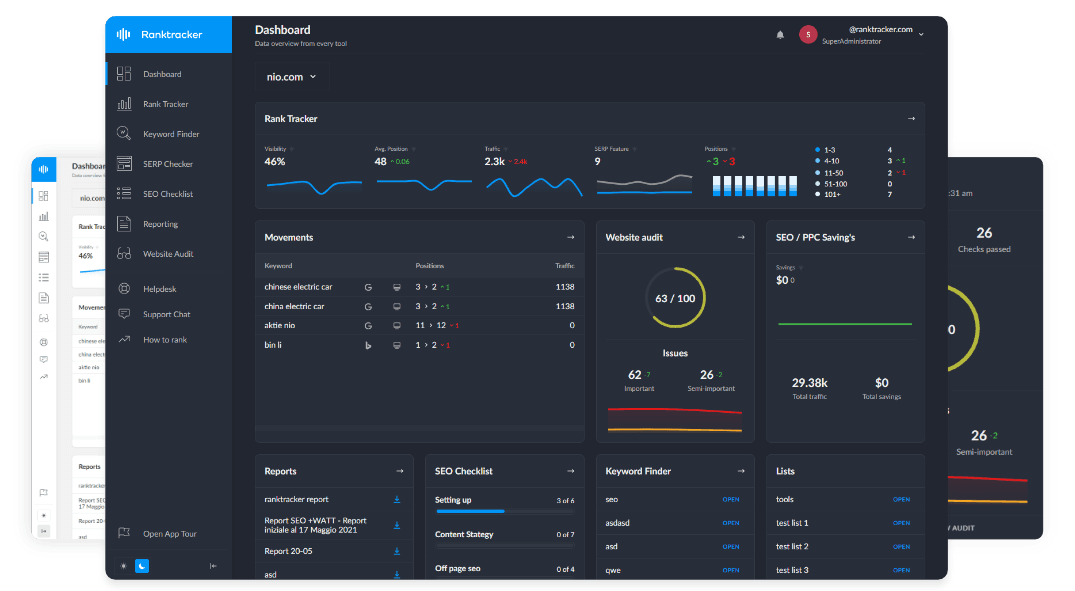Intro
Most B2B tech companies obsess over features, integrations, and uptime — but neglect the one factor that ultimately determines adoption: user experience. Whether you’re building enterprise cloud infrastructure, cybersecurity dashboards, or SaaS management tools, complexity is inevitable — but confusion is not.
This is where UX auditing services come into play. A comprehensive UX audit helps B2B product teams uncover usability bottlenecks, streamline workflows, and enhance clarity across complex digital environments. Agencies like Qubstudio bring an outside perspective, supported by behavioral data and usability heuristics, to help technology companies ship products that are not only powerful but also usable at scale.
What a UX Audit Actually Covers
A professional UX audit is not just a “design review.” It’s a structured process to identify friction points, misalignments, and UX debt within a product.
Core UX audit components:
- Heuristic evaluation (Jakob Nielsen's 10 usability principles)
- Behavioral analytics (heatmaps, rage clicks, drop-off points)
- Information architecture review
- UX writing and CTA clarity checks
- Accessibility (WCAG) compliance
- Task flow friction analysis
- Cross-device and responsive issues
The goal is not only to fix visual issues, but to make complex tools feel intuitive and responsive for real users.
Why UX Matters in B2B Tech Products
B2B users are not “just customers.” They are specialists managing sensitive infrastructure, financial operations, compliance, or security. Their expectations go beyond aesthetics — they demand precision, clarity, and control.
Poor UX leads to:
- ✖ Increased onboarding time
- ✖ Misused features or incorrect workflows
- ✖ Dependency on support teams
- ✖ Abandoned demos and failed pilots
- ✖ Higher training costs
Strong UX leads to:
- ✔ Faster time to value (TTV)
- ✔ Higher NPS and feature adoption
- ✔ Lower churn in SaaS environments
- ✔ Stronger product differentiation
Typical Issues Uncovered During a UX Audit
| Problem Area | Common Symptom | Business Impact |
| Navigation structure | Users can’t locate core features | Frustration, increased support tickets |
| Terminology mismatch | Jargon confuses new users | Poor onboarding experience |
| Visual hierarchy problems | Interface lacks focus or priority cues | Missed CTAs, low engagement |
| Data overload without context | Dashboards show numbers, not insights | Decision fatigue |
| No user feedback on key actions | Users unsure if action was successful | Repeated steps, user anxiety |
When Should a Tech Company Invest in UX Auditing?
UX audits are most impactful at these milestones:
- Before launching a new SaaS or cloud platform
- After expanding core functionality (e.g., new admin modules, security layers)
- Following a spike in churn or low product engagement
- Before major onboarding or enablement investments
- Post-acquisition product integrations
In fast-growing environments, UX tends to "break silently" — without usability data, you may not see what users struggle with until it’s too late.
UX and Cybersecurity: A Special Intersection
In cybersecurity tools, poor UX isn’t just annoying — it’s dangerous. Misconfigured alerts, ambiguous warnings, or hidden settings can lead to real security breaches. During audits, special attention is paid to:
- Alert clarity
- Configuration interfaces
- Step-by-step flows (e.g., MFA setup, permission assignments)
- Visibility of system status and logs
Business Outcomes of a UX Audit
Well-executed UX audits translate into measurable business improvements:
- 📉 20–40% reduction in onboarding time
- 📈 Up to 60% increase in feature adoption within 90 days
- 🎯 30% decrease in support tickets for workflow-related issues
- 💬 Improved client satisfaction and product feedback scores
Final Thoughts
In a B2B tech landscape where functionality is table stakes, user experience is the battleground. Companies that ignore UX in favor of “just shipping features” end up with bloated, underutilized platforms — and lose market share to leaner, more intuitive competitors.
UX auditing services help software and cloud companies realign with the people who matter most: the users. It’s not about making things pretty — it’s about making them work.

